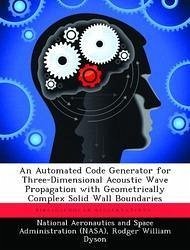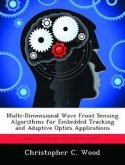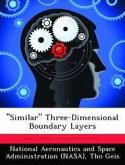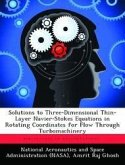Finding the sources of noise generation in a turbofan propulsion system requires a computational tool that has sufficient fidelity to simulate steep gradients in the flow field and sufficient efficiency to run on today's computer systems. The goal of this dissertation was to develop an automated code generator for the creation of Software that numerically solves the linearized Euler equations on Cartesian grids in three dimensional spatial domains containing bodies with complex shapes. It is based upon the recently developed Modified Expansion Solution Approximation (MESA) series of explicit finite-difference schemes that provide spectral-like resolution with extraordinary efficiency. The accuracy of these methods can, in theory, be arbitrarily high in both space and time, without the significant inefficiencies of Runge-Kutta based schemes. The complexity of coding these schemes was, however. very high, resulting in code that could not compile or took so long to write in FORTRAN that they were rendered impractical. Therefore, a tool in Mathematica was developed that could automatically code the MESA schemes into FORTRAN and the MESA schemes themselves were reformulated into a very simple form, making them practical to use without automation or very powerful with it. A method for automatically creating the MESA propagation schemes and their FORTRAN code in two and three spatial dimensions, is shown with up to 29th order accuracy in space and time. Also, a method for treating solid wall boundaries in two dimensions is shown with up to 11th order accuracy on grid aligned boundaries and with up to 2nd order accuracy on generalized boundaries. Finally, an automated method for parallelizing these approaches on large scale parallel computers with near perfect scalability is presented.








